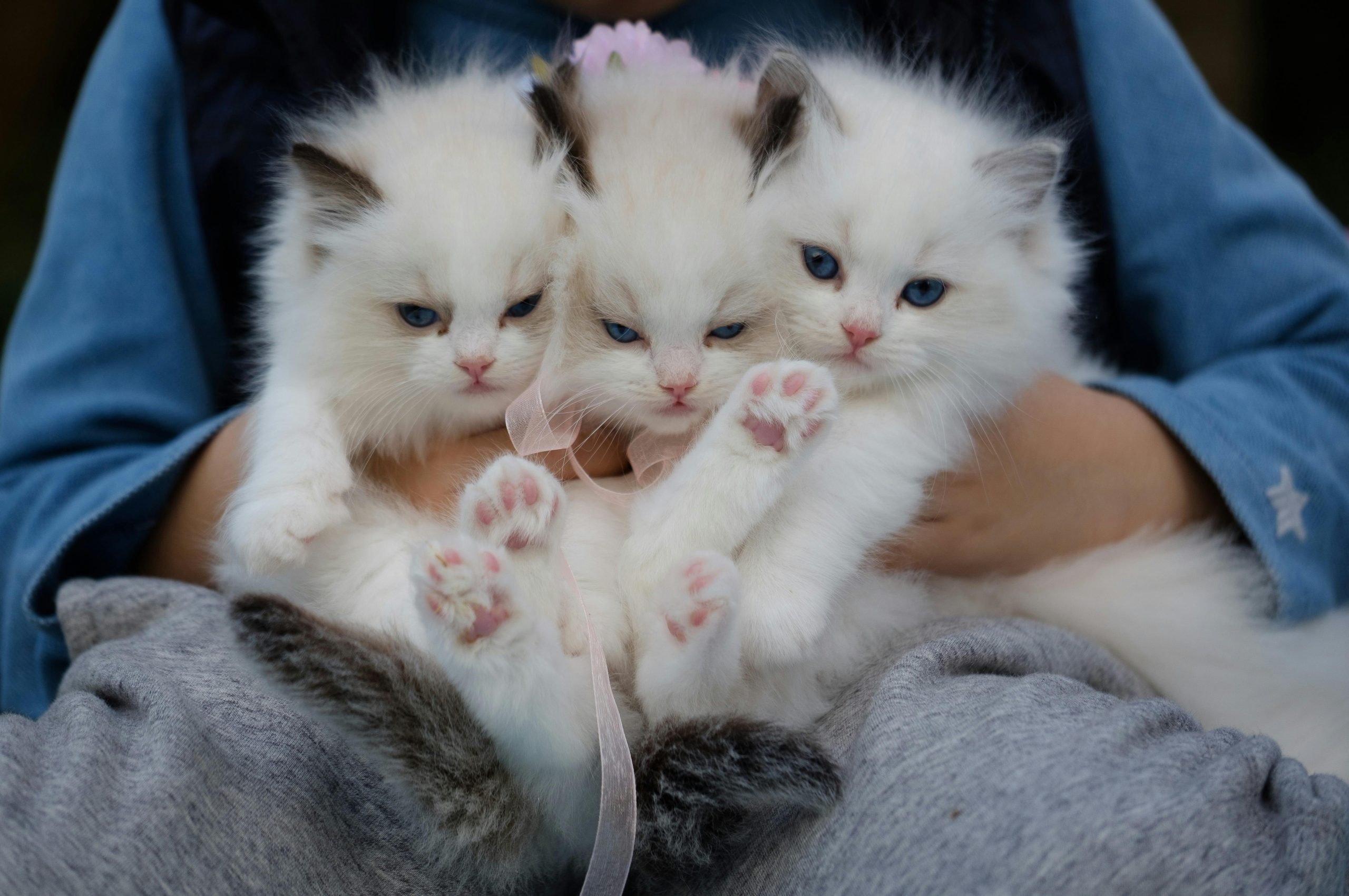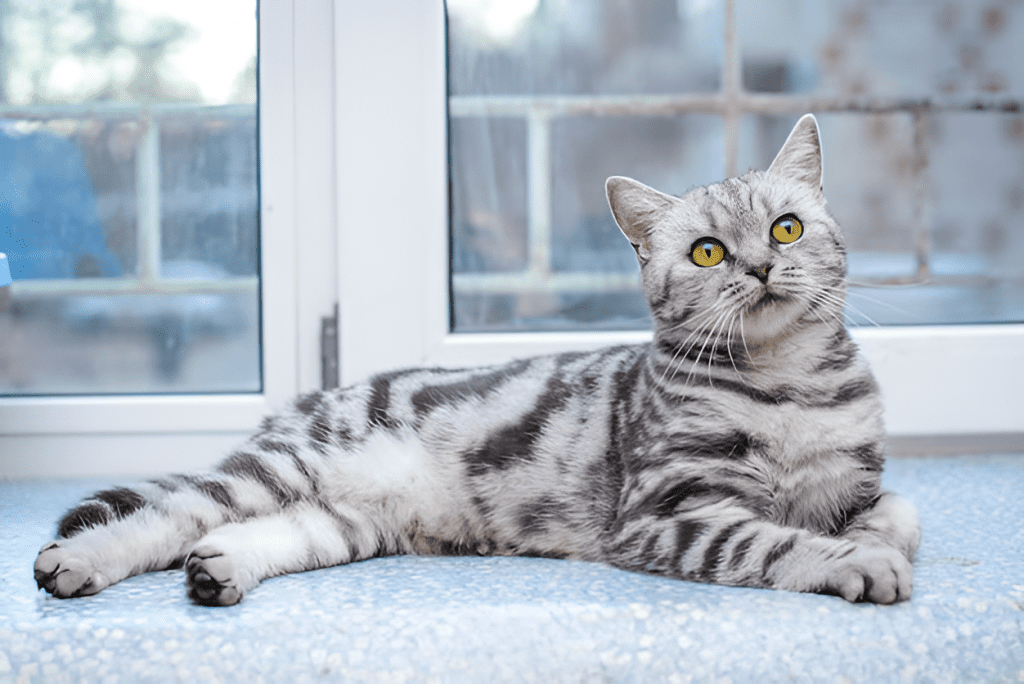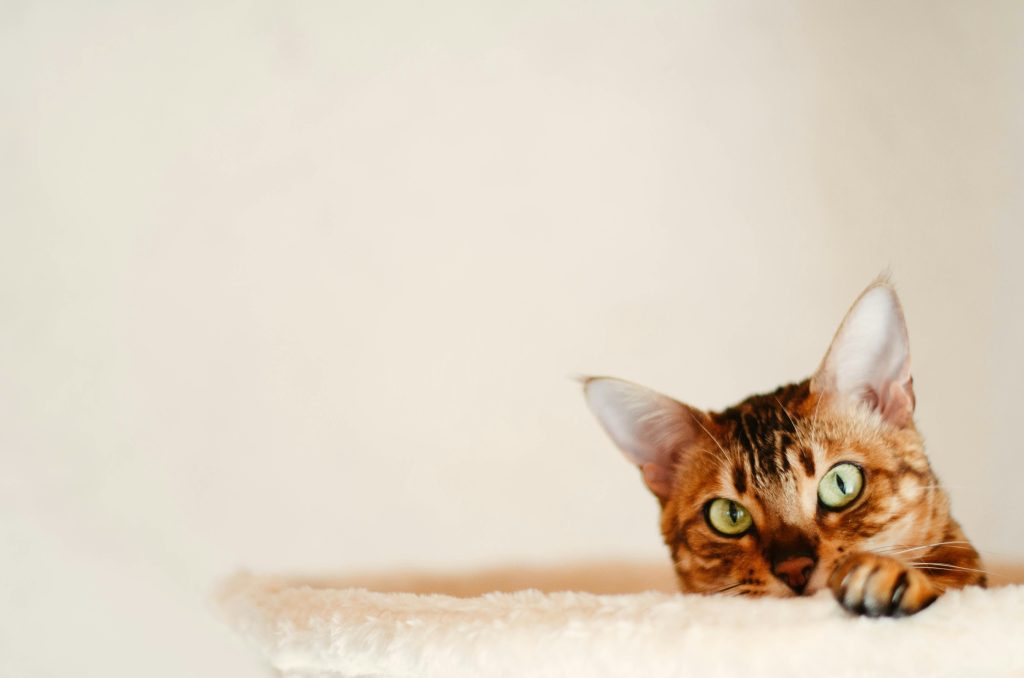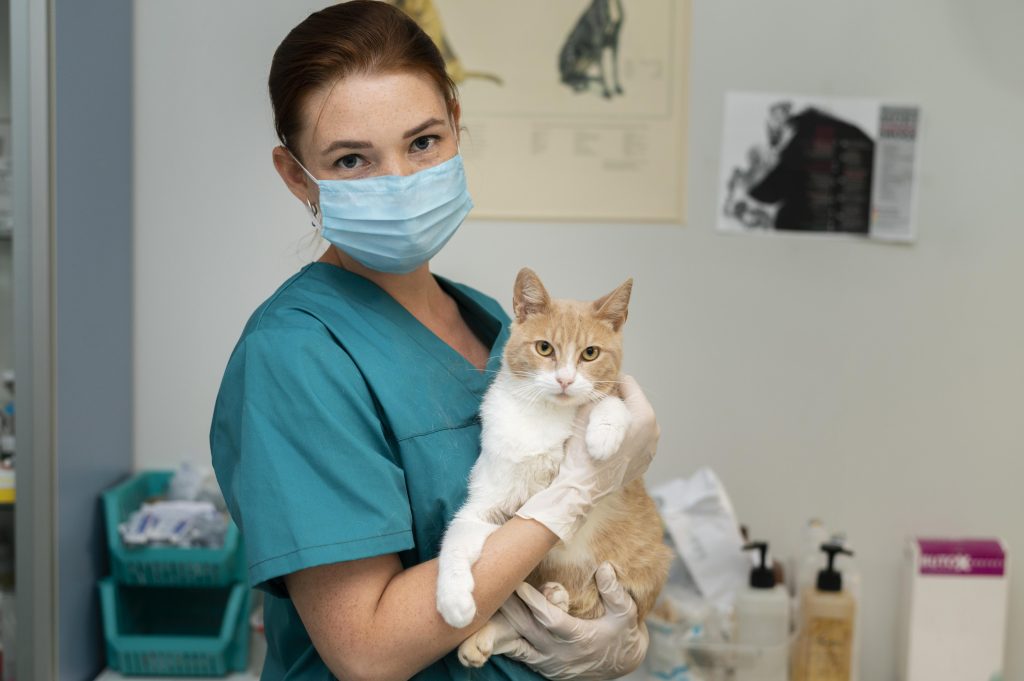Soft as silk, with mesmerizing blue eyes and an affectionate, dog-like personality, Ragdoll cats have become one of the most popular breeds at cat shows and in homes worldwide. Known for their gentle nature and striking beauty, these cats effortlessly bond with their owners, making them an ideal choice for families and pet lovers alike.
Many first-time buyers feel “sticker shock” when they learn that reputable Ragdoll kittens typically cost $1,000–$3,500 (and sometimes more for show or breeding lines). In this post, we’ll break down the key factors behind their value—from selective breeding and care standards to market trends—so you can decide if investing in a Ragdoll is the right choice for you.
1 – Ethical Breeding & Strict Standards
A quality Ragdoll isn’t just beautiful—it’s also healthy, well-tempered, and long-lived. Ethical breeders invest heavily in genetic testing to reduce the risk of hereditary diseases like hypertrophic cardiomyopathy (HCM), polycystic kidney disease (PKD), and progressive retinal atrophy (PRA).
For context, simple DNA tests can cost $50–$200 each, while advanced screenings, such as echocardiograms for HCM, may run $200–$500; these costs add up quickly across a breeding program. Selective breeding also refines the Ragdoll’s signature ‘floppy’ personality, requiring generations of careful pairing. Registered breeders follow TICA and CFA standards, adding both credibility and expense.
Unlike backyard breeders, they provide proper socialization, premium nutrition, and vet care, ensuring well-adjusted, affectionate pets. This attention to detail helps secure a healthy, loving companion—a worthy investment over a lifetime. Beyond ethical breeding, owners should also factor in the lifetime costs of caring for a Ragdoll.
2 – Cost of Raising a Ragdoll Kitten
Raising a Ragdoll kitten is an investment that goes well beyond the initial purchase price. These affectionate, large-breed cats thrive on premium food, regular veterinary care, and consistent grooming, making their upkeep higher than that of the average domestic cat.
High-quality nutrition alone can run $30–$80 per month, while annual vet costs average $300–$800 (US figures; adjust for local prices), especially with preventive screening for breed-related conditions like hypertrophic cardiomyopathy
| Item | Monthly (approx.) | Annual (approx.) |
| Premium food | $30–$80 | $360–$960 |
| Routine vet care (preventive) | — | $300–$800 |
| Supplies (litter, toys, grooming) | — | $300–$600 |
| Pet insurance | $20–$50 | $240–$600 |
| One-time initial vet (vaccines, microchip, spay/neuter) | — | $150–$600 |
Note: Ranges are approximate and vary by region and vet. While the costs add up, a well-cared-for Ragdoll can live 15 years or more, making it a rewarding companion for prepared owners.
You Might Also Like
3 – Rarity, Demand & Market Dynamics
High demand and limited supply have made Ragdolls one of the most sought-after breeds. Careful breeding preserves their signature traits—blue eyes, color-point coats, and affectionate nature—but also means fewer kittens are produced.
Many breeders require spay/neuter contracts for pet-quality kittens, which prevent unregulated breeding and protect their bloodlines; breeding rights are sold under separate, higher-priced contracts.
Social media exposure has further boosted popularity, and in many areas, reputable breeders have waiting lists of 6–12 months (though times vary by region and litter availability). This supply–demand imbalance drives up prices, typically $1,000 to $3,500 in the U.S., often higher in Europe or Australia due to fewer breeders and import costs. In countries where Ragdolls are rare, expect longer waits and added transport fees.
To avoid scams, start researching ethical breeders early and be wary of prices that seem too good to be true.
4 – Breeder Infrastructure & Care Costs
Running a high-quality cattery requires a major investment to protect kitten health. Specialized housing with climate control, non-porous flooring, and strict sanitation protocols helps prevent disease, while facility upgrades like HVAC systems or safe flooring can cost thousands. Daily deep cleaning and disinfection add ongoing expenses.
To support mental well-being, breeders provide enrichment tools such as cat trees, tunnels, and interactive toys. Overcrowding is avoided to reduce stress, meaning fewer kittens per space, and a higher cost per kitten.
Some breeders even set up dedicated nurseries for expectant mothers, complete with separate rooms, heat lamps, and 24-hour monitoring. When you buy from a responsible breeder, part of the price covers these essential measures that ensure a healthy, well-adjusted pet.
5 – Paperwork, Transport & Starter Kits
Beyond the kitten’s base price, buyers should budget for key extras that affect both cost and long-term care:
- Pedigree certification (TICA or CFA) — confirms purebred lineage
- Genetic health screening documentation reduces the risk of hereditary conditions
- Spay/neuter (if not included) — $150–$500
- Transport or courier fees — $300 to $1,000+, depending on distance and method
- Starter kit — premium food, litter, and bedding ($50–$200)
- Initial vet care — vaccinations, deworming, and microchip ($100–$300)
According to The International Cat Association (TICA), reputable Ragdoll kittens typically range from $1,000 to $3,500, depending on pedigree and breeder reputation.
Show-quality kittens and breeding rights often cost more. Budgeting for these extras upfront can help avoid unexpected expenses during your first year as an owner.
You Might Also Like
How to Evaluate a Ragdoll Kitten Before Buying
Before finalizing your purchase, it’s crucial to assess the kitten’s health, behavior, and environment. Look for bright, clear eyes, clean ears, and a glossy coat. Healthy kittens are alert but not aggressive, and they should be comfortable being handled.
Ask the breeder for documentation of vaccinations, health tests, and lineage. Visit the cattery if possible, or request live video to see the conditions firsthand. A responsible breeder will never rush you—if they do, that’s a red flag.
By knowing what to look for, you avoid heartache and unexpected vet bills, and you ensure your Ragdoll will thrive from day one.
Frequently Asked Questions
Are Ragdoll cats high maintenance?
Not really. Their coats are long but low-shedding and don’t mat easily, requiring only weekly brushing. However, they do need regular vet care, quality food, and attention.
Can I find a cheaper Ragdoll cat?
Yes. Consider adopting a Ragdoll mix or similar breeds like the Birman or Himalayan. They offer similar traits at a lower cost.
Final Thoughts
Ragdoll cats are undeniably expensive, but their price reflects quality breeding, strong genetics, and an affectionate temperament that sets them apart.
With a long lifespan, a low-maintenance coat, and dog-like loyalty, they’ve earned a devoted following among cat lovers. Ethical breeders invest in health screenings and proper socialization, helping prevent costly vet bills and behavior problems later.
If budget is a concern, adopting a Ragdoll mix from a rescue can be a rewarding alternative, often retaining the calm, loving traits the breed is known for. Other laid-back breeds like the Birman or Himalayan can also offer similar companionship at a lower cost.
For many, the joy of a well-bred Ragdoll outweighs the expense, but the right choice depends on your priorities and resources.
Thinking of getting one or already have a Ragdoll in your life? Share your story, tips, or even a photo in the comments so fellow cat lovers can learn from your experience.
You Might Also Like
Founder of Cats Question, a veterinarian (DVM), and lifelong cat enthusiast with hands-on experience in feline care. Passionate about helping cat owners through expert-backed, compassionate advice inspired by years of living and learning alongside cats.






